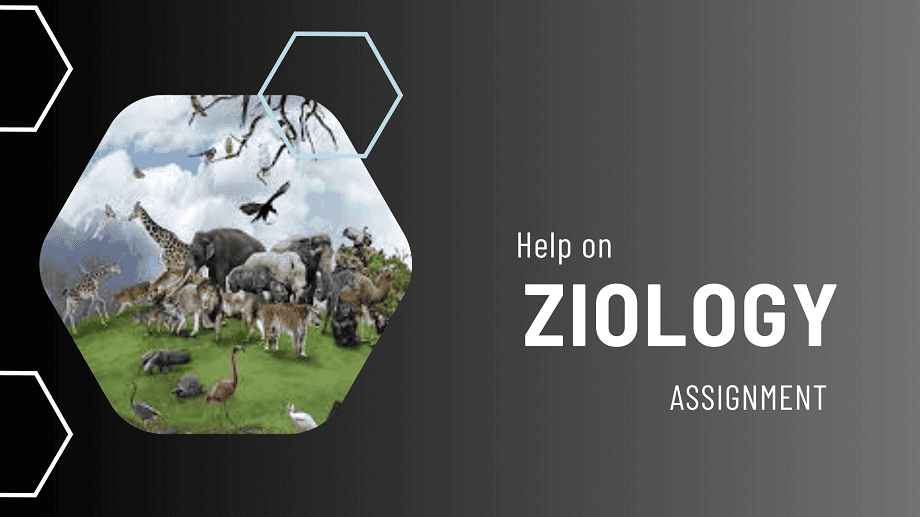Zoology also called as animal science is the part of science committed to the study of animals. It covers areas going from the design of organisms to the subcellular unit of life. A few zoologists are keen on the science of specific group of creatures. Other zoologists are worried about the function and capacity of animal bodies. Still others zoologists concentrate on how new creatures are shaped and how their qualities are given starting with one age then onto the next. Zoologists concentrate on the collaborations of creatures with each other and their surroundings, just as the meaning of the conduct of animals.
Zoology is both analytical and descriptive. It very well may be drawn closer either as a fundamental science or as an applied science. A worker in essential zoology is keen on information on creatures for the wellbeing of its own sake without thought of the immediate use of the data acquired. Conversely, workers in applied zoology are keen on data that will directly help people and creatures such as medication, for example.
Table of Contents
ToggleHistory of Zoology
Ancient man’s survival as a tracker characterized his relation to different creatures, which were a wellspring of food and danger. As man’s social legacy created, creatures were differently joined into man’s fables and philosophical awareness as individual living animals. Training of creatures constrained man to take an orderly and estimated perspective on creature life, particularly after urbanization required a consistent and huge inventory of animal products.
Study of animal life by the ancient Greeks turned out to be more reasonable, if not yet logical, in the advanced sense, after the reason for disease. Up to that point thought to be devils was hypothesized by Hippocrates to result from an absence of harmonious working of body parts. The precise research on creatures was empowered by Aristotle’s broad descriptions of living things, his work mirroring the Greek idea of request in nature and ascribing to nature an idealized inflexibility.
Read Also: Public Health Assignment Help
Important sub-branches of Zoology
- Animals Anatomy
- Physiology and Histology
- Embryology, or developmental studies
- Animal Morphology
- Taxonomy or systematics
Methods applied in zoology
Since the study of animals might be focused on broadly various topics and ideas, like biological systems and their life forms, cells, and synthetic responses, explicit methods are required for every sort of examination. The emphasis on the sub-atomic premise of hereditary qualities, improvement, physiology, conduct, and biology has set expanding significance on those methods including cells and a huge number. Microscopy, subsequently, is an essential strategy in zoology, just like specific physicochemical techniques for detaching and describing atoms. Computer innovation additionally plays an exceptional part in the examination of creature life. These more current methods are utilized in addition the numerous traditional ones—estimation and experimentation at the tissue, organ, organ design, and organismic levels.
Subdisciplines Of Zoology
- Entomology – Study of Insects
- Herpetology – Study of Amphibians and reptiles
- Ichthyology – Study of Fish
- Invertebrate Zoology – Study of Animals without backbones
- Malacology – Study of Mollusks
- Mammalogy – Study of Mammals
- Ornithology – Study of Birds
- Primatology – Study of Primates
- Ecology – Study of Interactions between animals and their environment
- Embryology – Study of Development of animals before birth
- Ethology – Study of Animal behaviour
- Paleontology – Study of Fossils
- Socio-biology – Study of Behaviour, ecology and evolution of social animals such as bees, ants, schooling fish, flocking birds and humans
Top 25 Topics for Zoology Assignment Help
- Study of protozoa and its Function
- Study of Flying system in birds
- Transformation of significant design in birds.
- Qualities of sycon
- Study of Animal kingdom
- Portray the significance and study of vertebrate morphology.
- Portray the advancement general construction and elements of the skin.
- Compose an article on relative record of respiratory organs.
- Clarify urinogenital arrangement of warm-blooded animals.
- Compose an article on relative life systems of the spinal cord.
- Explain various kinds of jaw suspensorium.
- Compose an itemized account on the bio-saves.
- Compose the biological methodologies for natural life the board
- Give a short record of arrangement and attributes of lentic and lotic water bodies.
- Expound on the Environmental conditions that wins in Tundra Mountains and Caves.
- Notice about the biodiversity in these earthly conditions.
- Examine exhaustively about the local area progression from bog to timberland.
- Clarify exhaustively about the energy stream in an environment with few models.
- Expound exhaustively on the populace development bends.
- Add a note on pearl calculated development model.
- Clarify about the restricting components and compose on intra explicit and entomb explicit rivalry.
- Examine exhaustively about organic rhythms in creatures.
- What is squander water? Clarify the advanced technique for squander water treatment innovations with stream outlines.
- Explain in detail about the physiology of muscle contraction.
- Discuss in detail the synaptic transmission.
Need Help ? We are Online. Chat with Us Today.











